Trying to identify the hummingbird zipping around your yard?
Hummingbirds are some of the most fascinating creatures that you can find in your backyard. It really helps to know what species of hummingbirds live in North Dakota.
While the list below contains all the usual hummingbirds found in North Dakota, it’s possible to find a vagrant species of hummingbird that’s not native to North Dakota. This is rare but not unheard of.
The following legend can be used for each hummingbird species map to determine what time of year you can see each hummingbird in your area.
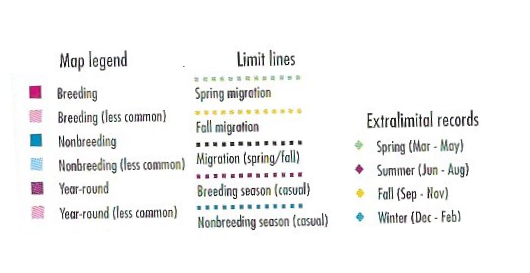
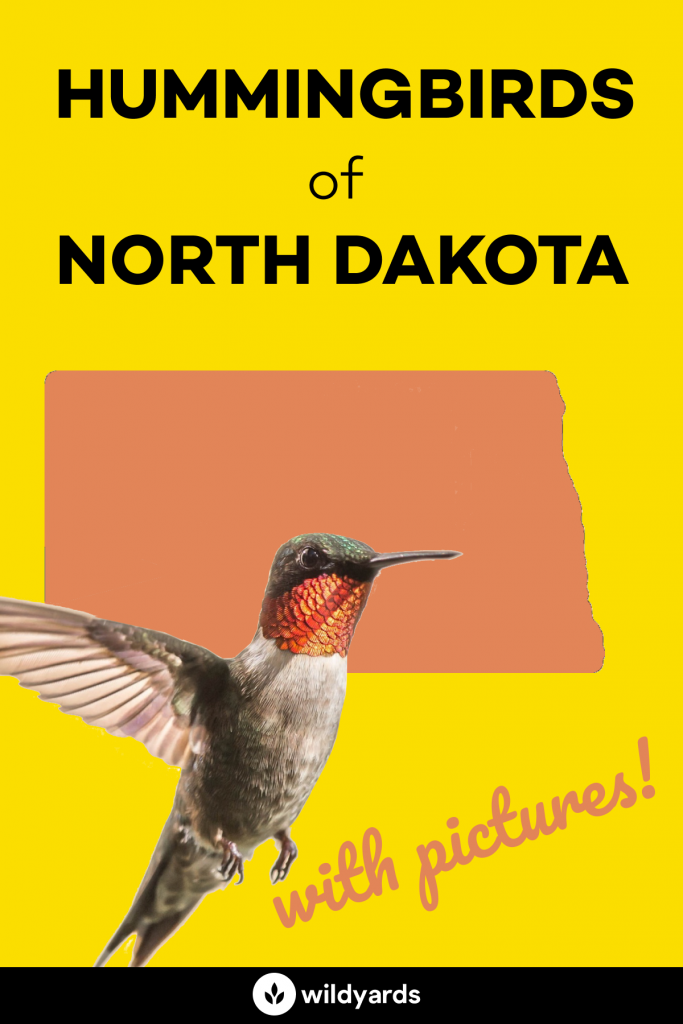
The 4 Hummingbird Species of North Dakota
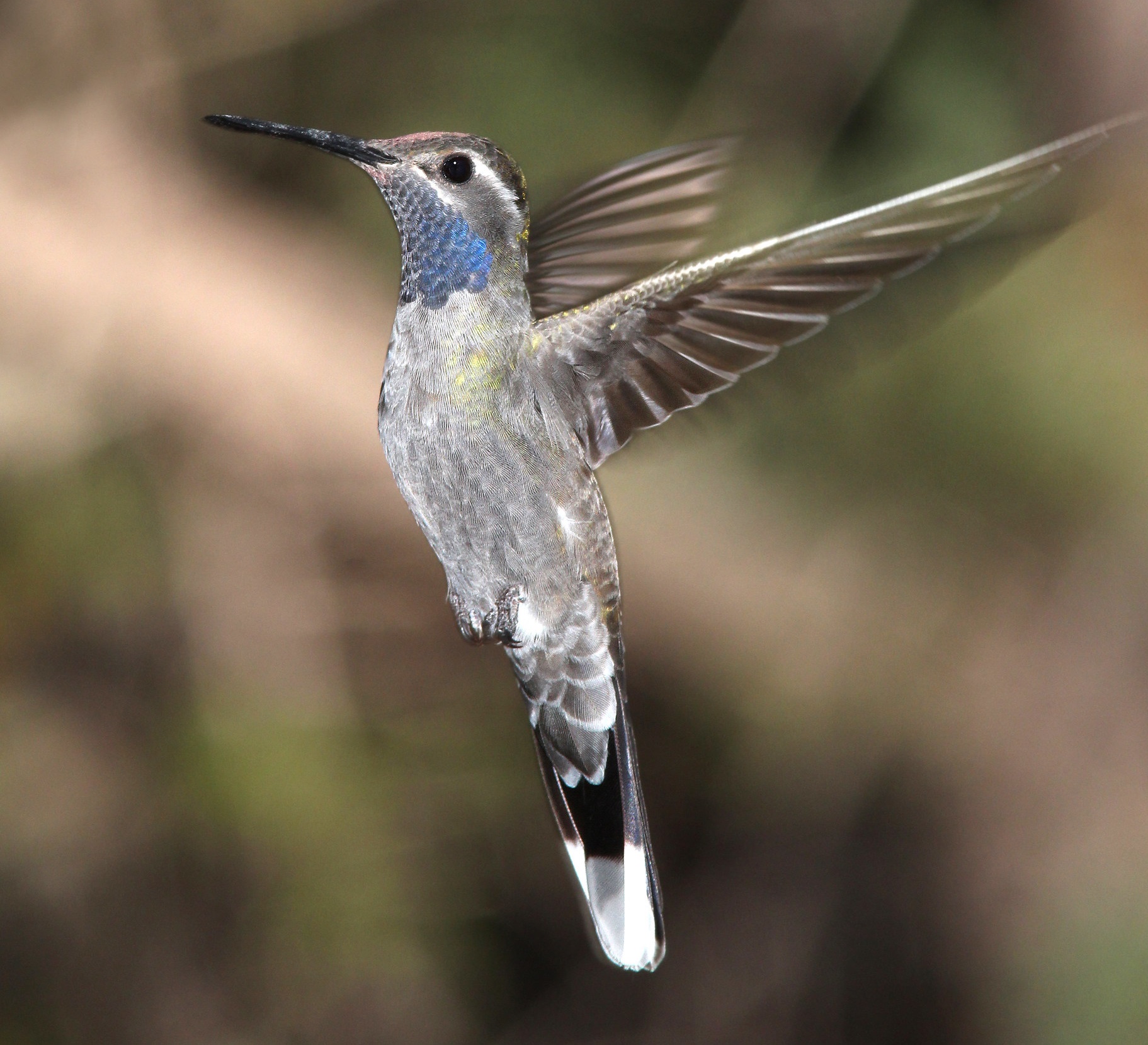
Blue-Throated Mountain-gem
Lampornis clemenciae
Order: Apodiformes
Family: Trochilidae
Size: 4.3 – 4.7in (11 – 12cm)
Overview
The blue-throated mountain-gem is an extremely rare species of US hummingbird that you will find hiding out in forests of oak and pine. It’s also one of the biggest you will find across the states, even though there are said to be fewer than 2,000 living in the country right now. They tend to enjoy feeding on sugar water and you’ll find them fluttering around in open woods. They can live to an impressive age, with the oldest on record having been almost eight years old.
How to Identify
Blue-throated mountain-gems are, as mentioned, fairly large – they are stunning to watch from afar, and what’s more, you will be able to spot them thanks to their white striping around their beaks. As their names suggest, they have blue throats, and they tend to be some of the more vocal hummingbirds, often singing together.
Blue-Throated Mountain-gem Range & Migration Map
If you are lucky, you may be able to spot these hummingbirds across the forests of southern states, specifically in the mountain ranges of western Texas, southern New Mexico, and southeastern Arizona. They tend to group up near mountains, too, though it’s not unheard of to see them in backyards across these states. They have been spotted in Colorado (July to August), Louisiana (fall, spring), California (summer), South Carolina (August), North Dakota (June), and Utah (August) during their migratory seasons.
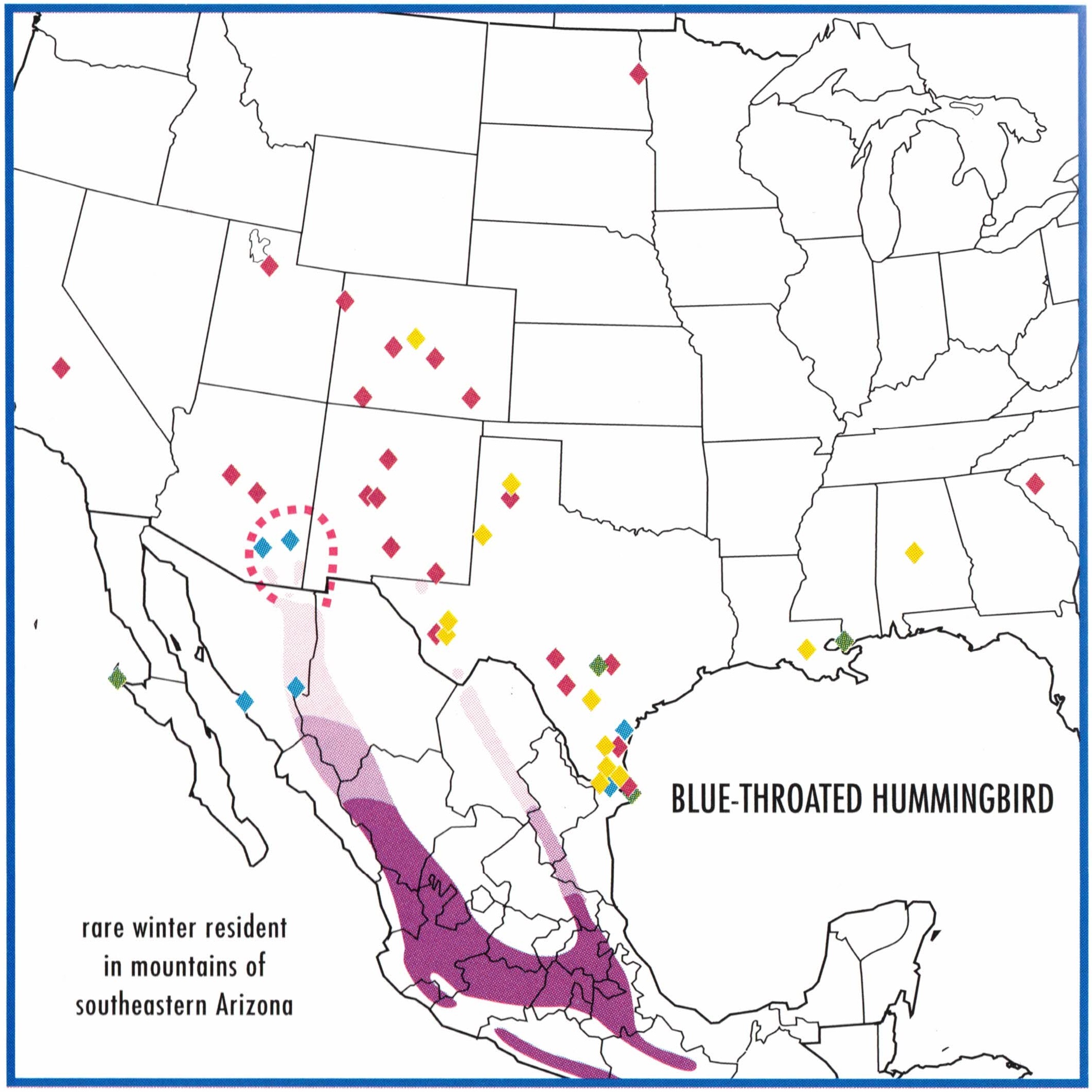
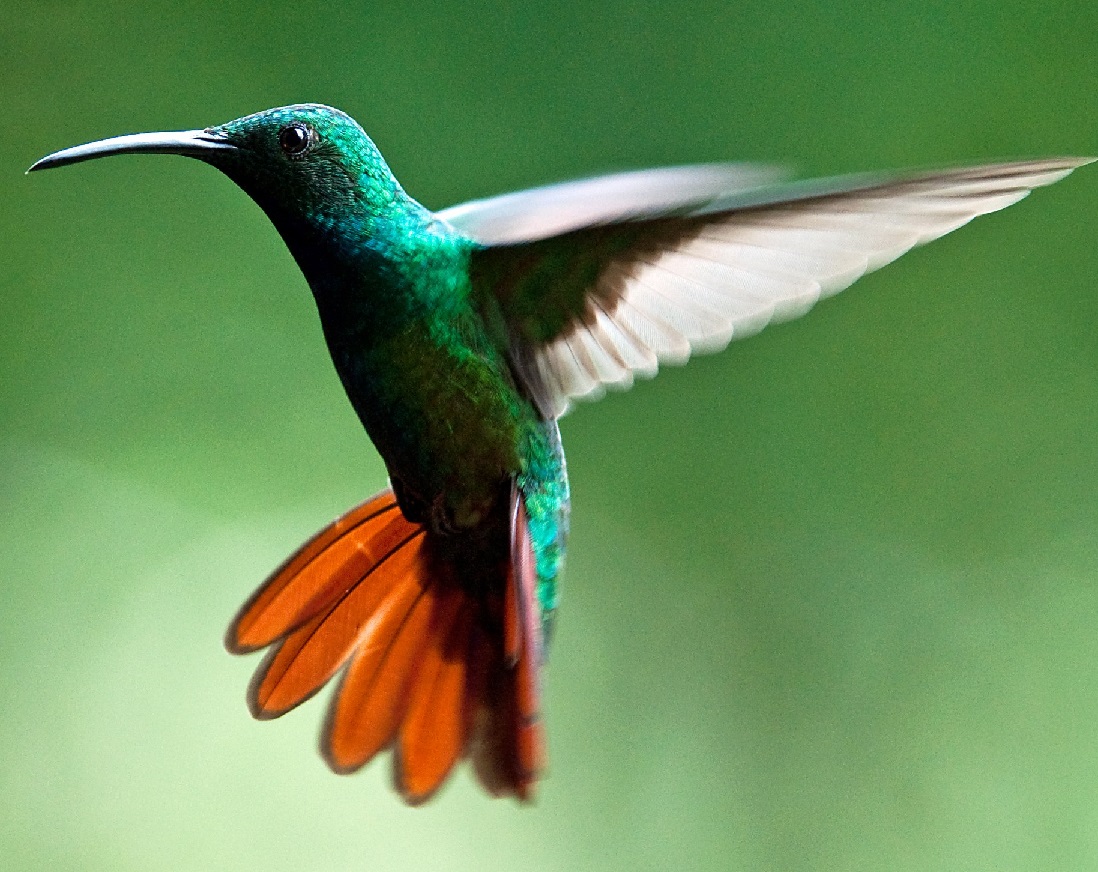
Green-Breasted Mango Hummingbird
Anthracothorax prevostii
Order: Apodiformes
Family: Trochilidae
Size: 4.2 – 4.7in (11 – 12cm)
Overview
This species of hummingbird is a vagrant traveling into the US from Mexico, and is usually a friendly visitor of wide-open spaces. They prefer traveling into backyards for easy feeding compared to deeper forests and wooded areas. These hummingbirds are particularly keen on snapping insects out of the air as they fly past.
How to Identify
A larger species than many, the Green-breasted mango is dark green to the plumage and has a bluish tint to the stomach. It’s also noted for having a large, curved bill. You’ll normally be able to tell a male by its red tail, while female tails are much darker. Females also have spots of white scattered across their bodies.
Green-Breasted Mango Hummingbird Range & Migration Map
Though rarer than native species, this hummingbird is a common vagrant to spot across Texas, though it’s been seen as far across as North Carolina, and has even been spotted out in Wisconsin and Georgia. Being a tropical bird, you are more likely to find it nesting down towards Central and South America.
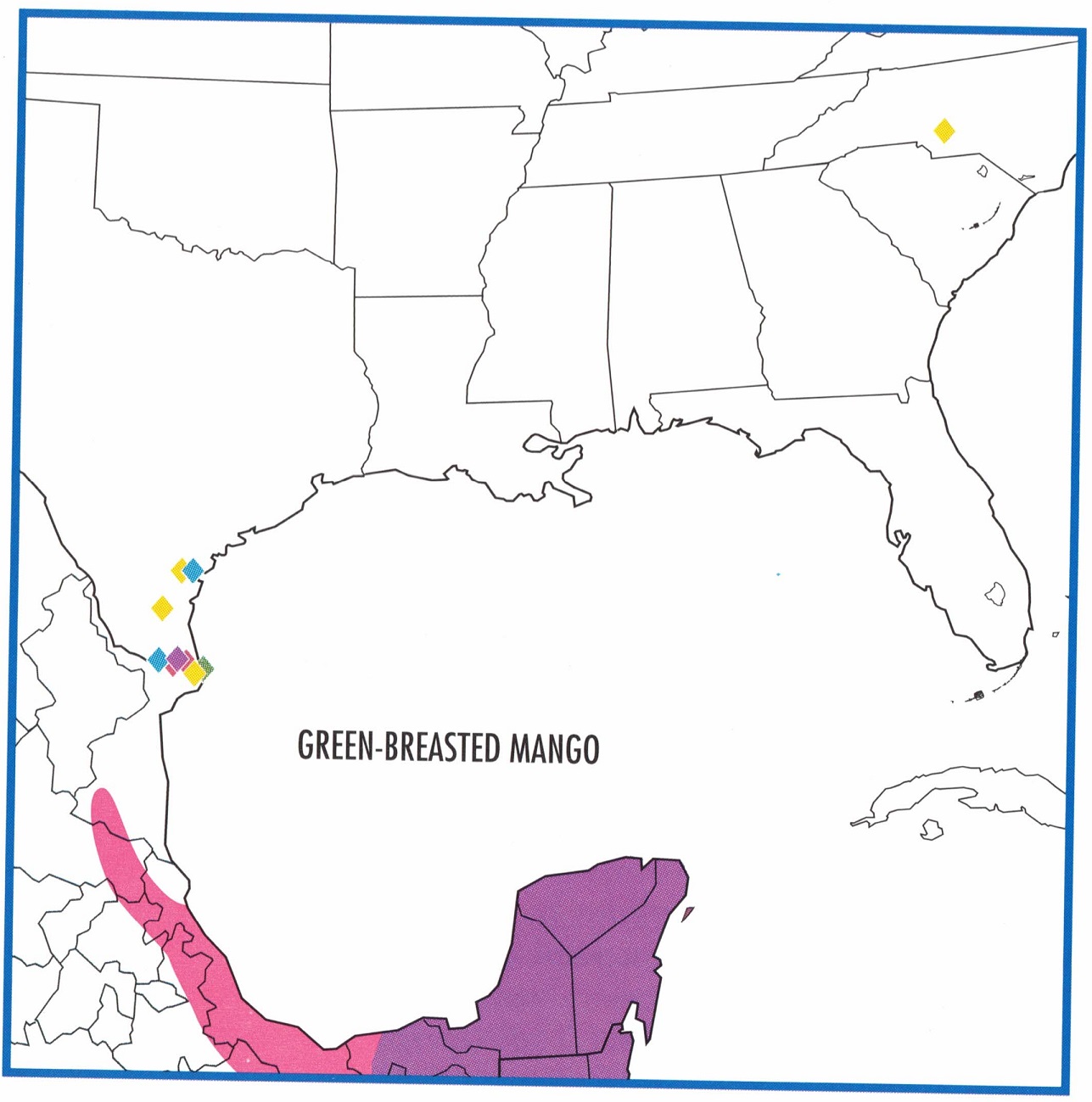
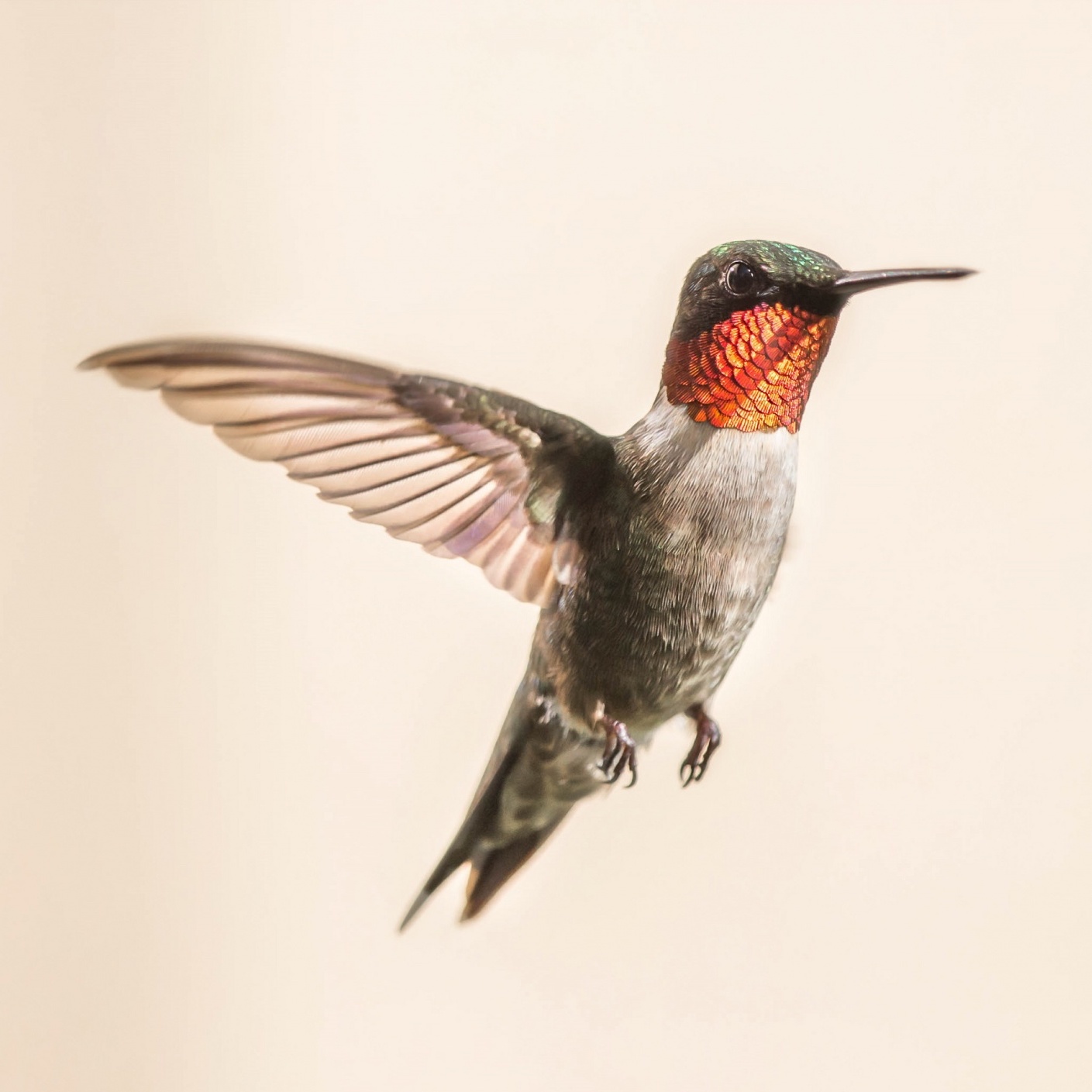
Ruby-Throated Hummingbird
Archilochus colubris
Order: Apodiformes
Family: Trochilidae
Size: 3.25 – 3.75 in (8.5 – 9.5cm)
Overview
The ruby-throated hummingbird is one of the most commonly found hummingbirds of the United States. In fact, it’s the only one that breeds east of the Mississippi River. To reach these eastern breeding grounds, the Ruby-Throated Hummingbird takes a perilous route of flying over 500 miles non-stop over the Gulf of Mexico.
How to Identify
This hummingbird is on the smaller side. The male sports a handsome scarlet gorget and a black chin strap which distinguishes it from the Anna’s and Broad-Tailed hummingbirds.
Ruby-Throated Hummingbird Range & Migration Map
The Ruby-Throated hummingbird breeds in eastern United States and prefers hardwood, pine and mixed forests starting in the spring and retreats to Mexico in the winter.
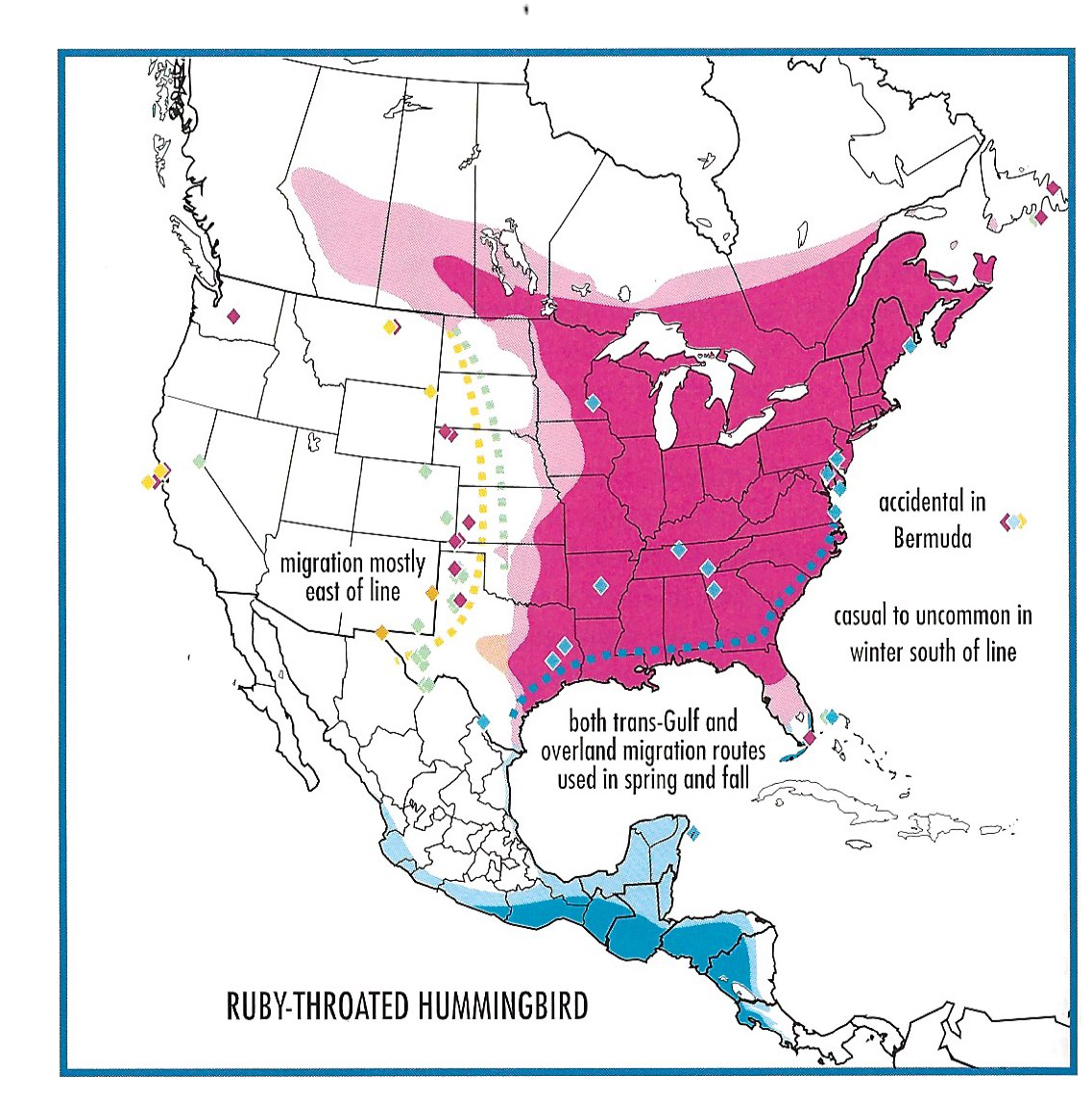
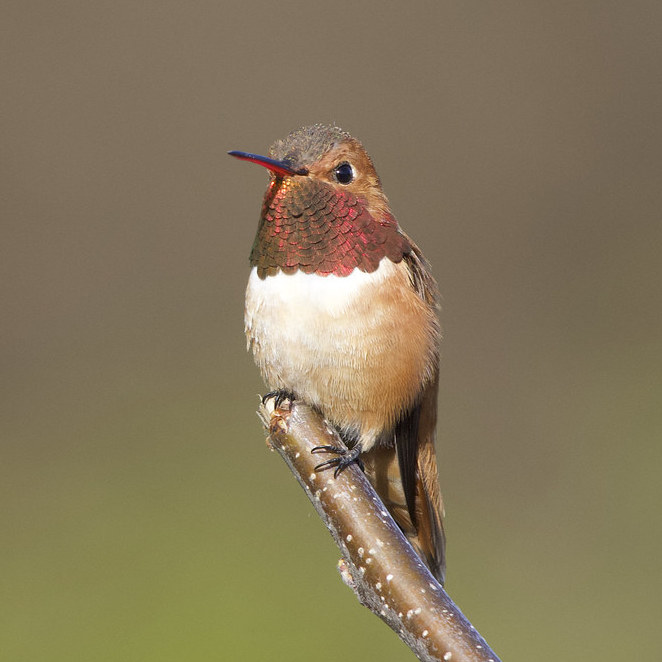
Rufous Hummingbird
Selasphorus rufus
Order: Apodiformes
Family: Trochilidae
Size: 3.5 – 4in (9 – 10cm)
Overview
The Rufous Hummingbird breeds farther north than any other hummingbird in the United States. It’s an aggressive species which makes it an unwelcome guest among hummingbird feeders. This hummingbird is an important part of the Pacific Northwest ecosystem, acting as a pollinator where the insects are at a disadvantage due to their cold-bloodedness.
How to Identify
The most distinguishing feature of the Rufous Hummingbird is the male’s rufous gorget that’s hard to miss. It’s a relatively small hummingbird with a short black bill. With the rufous plumage and aggressive behaviour, you’ll have no problem identifying male Rufous Hummingbirds.
Rufous Hummingbird Range & Migration Map
The Rufous Hummingbird breeds from the southeastern tip of Alaska down to the northern most parts of California, going as far east as Montana. During the winter, it migrates down to the Gulf of Mexico states.
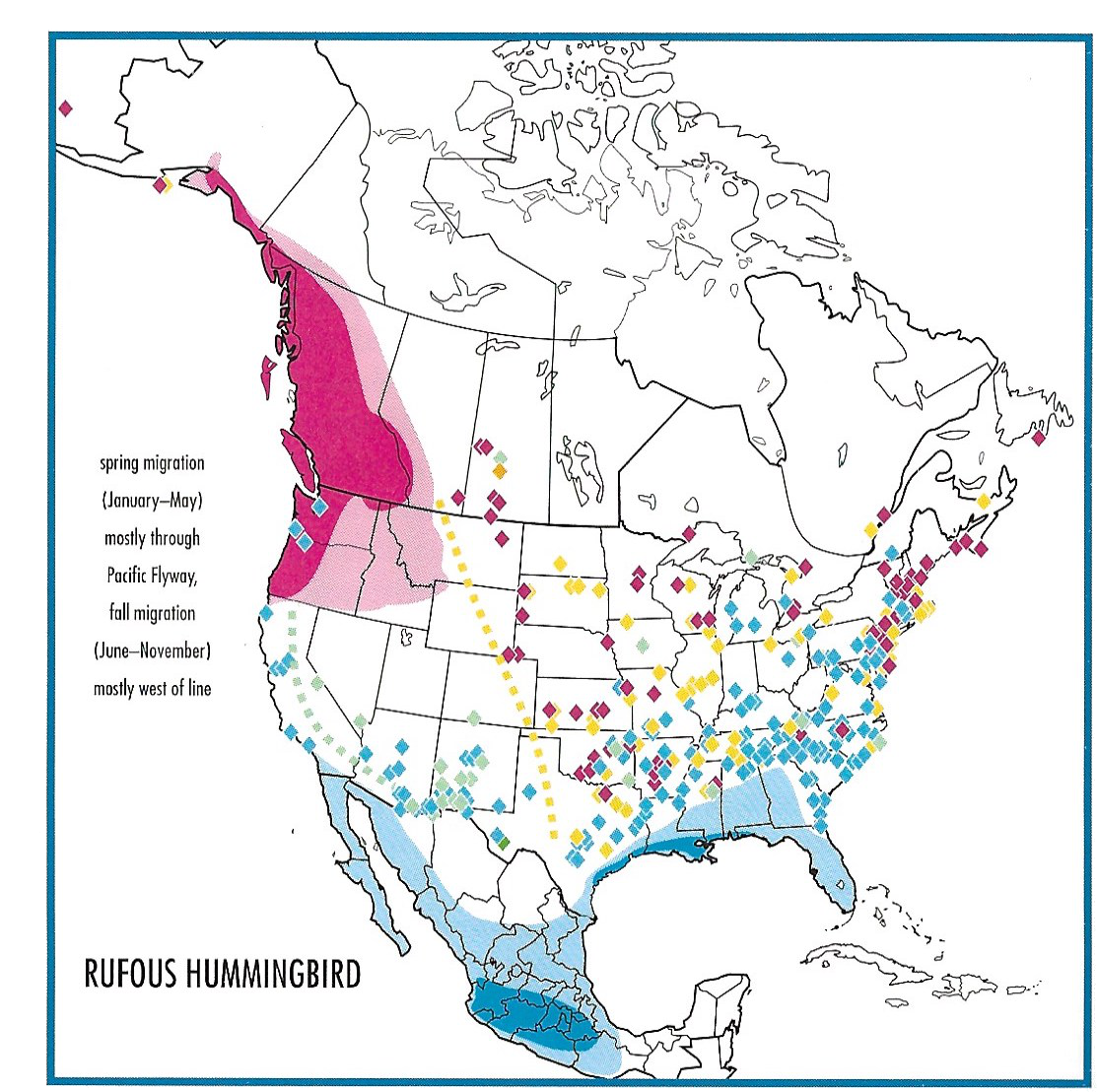
How to Attract North Dakota Hummingbirds to Your Yard
Want to see more hummingbirds in your backyard?
We have all the information you need on our site to help you do that. First, we recommend you read our guide on how to attract hummingbirds to your yard. That’ll give you the basics of what’s required to attract hummingbirds.
Then, we’d recommend reading our buyer’s guide on choosing the best hummingbird feeder. Setting up a hummingbird feeder or two is the best way to guarantee that hummingbirds will visit your yard.
There are a bunch of other ways to attract hummingbirds such as getting a bird bath and planting native flowers that attract hummingbirds.
All State Hummingbirds
Want to see what hummingbirds species are found in other states? Here’s our complete list of hummingbirds found in each state:
